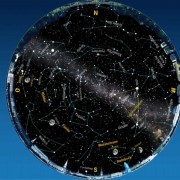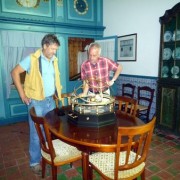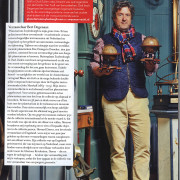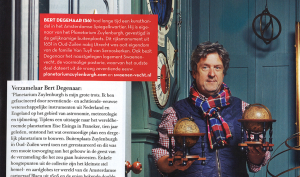Meteor Swarm Orionids reached coming days maximum
The next few days reached the swarm of Orionids its maximum. The swarm will probably be good to see. The Orionids have originated in Halley’s Comet every 76 years comes close to the sun and the earth. In 2061 the comet returns.
Above Netherlands was last weekend to see. A fireball The Working Group Meteors says it was a visible bright sphere. The working group was within an hour more than 20 reports of people who have observed the fireball. It was the fifth fireball which this year has seen over the Netherlands. Fireballs are meteors that are much brighter than normal. They are usually seen during a meteor shower.
The swarm of Orionids reached Wednesday, October 22 around 09:00 hours maximum. Under ideal conditions, there are about 23 meteors per hour expected. In total, by meteors from other flocks, about 33 meteors per hour visible.
The swarm of Orionids reached Wednesday, October 22 around 09:00 hours maximum. Under ideal conditions, there are about 23 meteors per hour expected. In total, by meteors from other flocks, about 33 meteors per hour visible.
No special equipment is needed to be able to observe meteors. When it is bright, the naked eye is sufficient. A deck chair and enough clothing provide extra comfort.
The Orionids are one of the wealthier meteor showers in our sky. In 1993 suddenly increased activity of the Orionids was observed. This indicates that there are local accumulations are in the stream of meteoroids that moves around the sun.
Meteors are popularly also called shooting stars. In reality, it is not about stars falling, but for tiny pieces of stone and gravel under high speeds entering the earth’s atmosphere and vaporize at about 100 km altitude.




